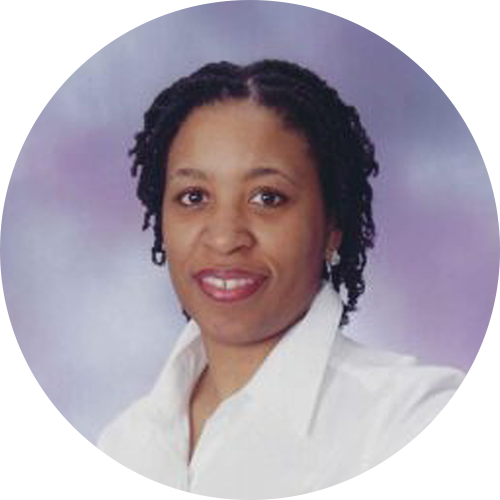Tuesday, December 13, 2016
Posted by: Courtney Duggan
Lack of Standardized Alarm Parameters in Clinical Settings Increases Risk of “Alarm Fatigue” and May Lead to Preventable Harm to Women and Infants
Washington, DC, December 13, 2016 – Nurses are exposed to up to 1,000 electronic alerts and alarms each shift, and most (between 85% and 99% according to research) do not require clinical intervention. This can contribute to alarm fatigue, or desensitization to alarms among clinicians, which may put patients at risk of preventable harm.
In “Patient Safety Implications of Electronic Alerts and Alarms of Maternal-Fetal Status During Labor,” authors Kathleen Rice Simpson, PhD, RNC, CNS-BC, FAAN; Audrey Lyndon, PhD, RNC, FAAN; and Leigh Ann Davidson, RNC-MNN, BSN, explore the consequences of the lack of standardization of electronic alerts and alarms in the labor and delivery setting. This article appears in the August/September 2016 issue of Nursing for Women’s Health, a journal of the Association of Women’s Health, Obstetric and Neonatal Nurses (AWHONN).
The lack of standardization in alarms and alerts can make it difficult for nurses and other clinicians to know what to expect and how to react appropriately. In some instances, for example, equipment is pre-programmed with a wide range of limits resulting in a potential increase in the number of false alarms. Alternatively, a smaller range of limits could result in the oversight of a clinical problem. In the labor and birth setting, there are multiple models of electronic fetal monitoring (EFM) equipment each of which operates with its own default settings. The potential for desensitization increases when nurses are unsure of the pre-set parameters for the equipment they are using.
In other instances, a nurse may disable or silence alarms, in which case there is a risk that they will miss notifications that warrant clinical action. Standardization of alerts is needed, along with further investigation to understand whether all alarms require acknowledgment and, if so, what is the expected response time.
“As nurses, it is paramount to provide high quality care to women in labor,” said AWHONN CEO, Lynn Erdman, MN, RN, FAAN. “Further research must be done to understand fully the impact of electronic alerts and to ensure that nurses are equipped with the right tools to provide the best care for their patients.”
For media interviews, contact:
Yakesha Cooper for AWHONN
202-296-2002
ycooper@awhonn.org
###
About Nursing for Women’s Health
Nursing for Women’s Health is a bimonthly refereed clinical practice journal of the Association of Women’s Health, Obstetric and Neonatal Nurses. The journal circulates to more than 25,000 nurses who care for women and newborns and is available online at http://nwhjournal.org.
About AWHONN
Since 1969, the Association of Women’s Health, Obstetric and Neonatal Nurses (AWHONN) has been the foremost authority promoting the health of women and newborns and strengthening the nursing profession through the delivery of superior advocacy, research, education, and other professional and clinical resources. AWHONN represents the interests of 350,000 registered nurses working in women’s health, obstetric, and neonatal nursing across the United States. Learn more about AWHONN at www.awhonn.org.





















